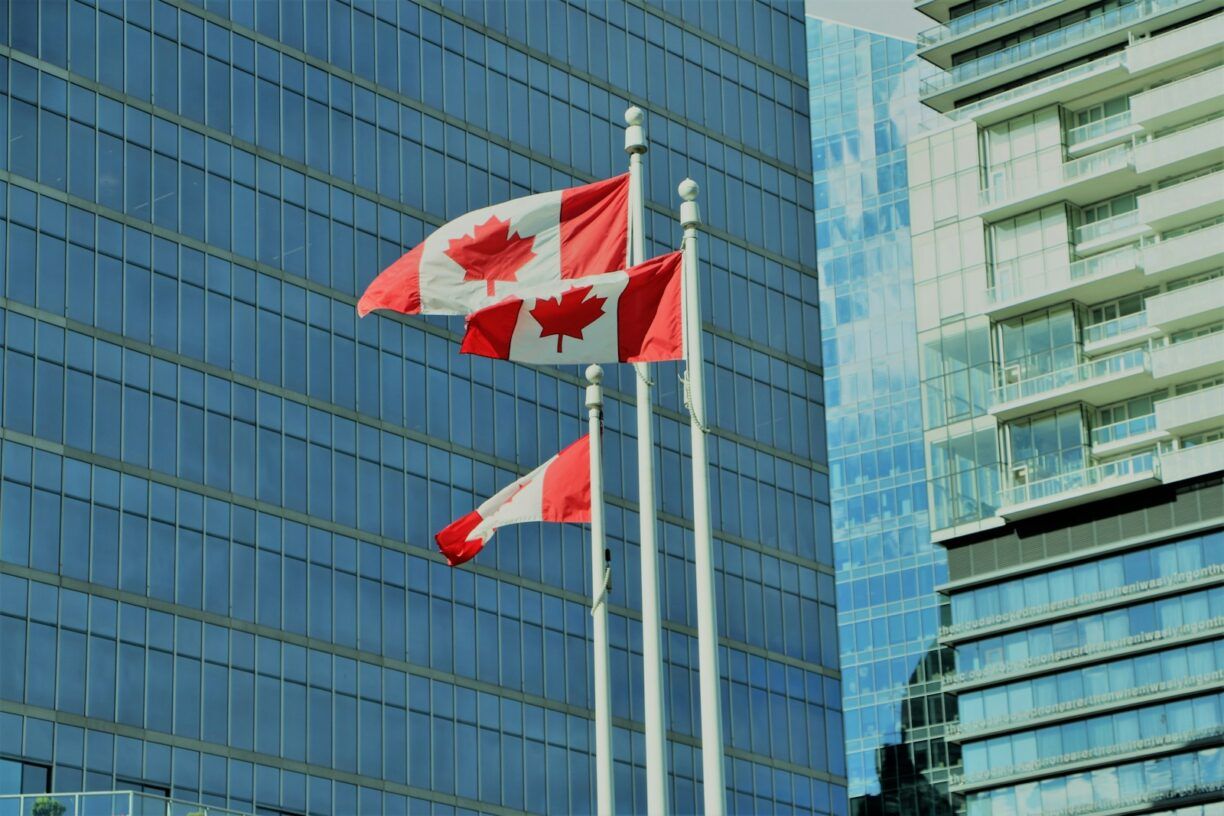Collection Commencement Day: Understanding When the CRA Can Start Collecting Your Tax Debt
When the Canada Revenue Agency (“CRA”) issues a tax assessment, it cannot immediately garnish wages, seize assets, or sue for payment. First comes a legally protected “grace period.” The date on which that protection ends – and the CRA gains the right to enforce the debt – is called the Collection Commencement Day. Knowing how this date is calculated, and what happens afterward, is essential for any taxpayer facing a balance owing.
Importantly, the Collection Commencement Day does not apply to source deduction debt or GST/HST debt. For these types of tax debts, the CRA can commence collection action immediately after a tax assessment is issued and a Notice of Objection does not stop the CRA’s ability to take collection action.
What Is the Collection Commencement Day?
Under section 225.1 of the Income Tax Act (Canada) (“ITA”), the CRA must wait 90 days after mailing a Notice of Assessment (or reassessment) before it can take collection action. The first day after that 90‑day window is the Collection Commencement Day. Until that day arrives, the CRA cannot legally:
- Garnish wages or bank accounts
- Register liens
- Seize or sell assets
- File a lawsuit to recover the debt
The CRA may, however, contact the taxpayer with reminder letters or phone calls and issue “legal warnings.”
Further, the CRA still retains the ability to apply any refunds of tax or tax credits it owes to the taxpayer to any tax arrears owed by the taxpayer. This is also true even if the taxpayer filed a Notice of Objection. However, the taxpayer has the ability to request a refund of tax paid that is under appeal under subsection 164(1.1) of the ITA.
CRA Collection Timeline: From Assessment to Enforcement
| Timeline step | Typical duration | Key facts |
| Notice of Assessment issued | Day 0 | Sets out the amount the CRA believes the taxpayer owes. |
| Grace period | Days 1 – 90 | The taxpayer may pay the balance or file a Notice of Objection. The CRA cannot begin legal collection during this timeframe. |
| Collection Commencement Day | Day 91 | CRA’s legal right to enforce the debt begins. |
| Post‑commencement enforcement | Day 91 onward | CRA may garnish, lien, or seize assets. Speed and severity typically depend on the taxpayer’s risk profile. |
Exception: If you file a timely Notice of Objection, the CRA cannot collect the disputed amount until the objection (and any subsequent appeal) is resolved. .
CRA Powers After Collection Commencement Day
Once the grace period ends, the CRA can escalate its efforts. Typical enforcement actions include:
- Final demand letters and phone calls
- Garnishment orders on wages, contractor payments, or bank accounts
- Liens (certificates) registered against real property or other assets
- Seizure and sale of assets such as vehicles or real estate
- Offsets – applying GST/HST or income‑tax refunds against the debt
The CRA uses a risk‑based approach: larger balances, repeat non‑compliance, or signs of imminent dissipation of assets can trigger faster, more aggressive action.
Taxpayer Obligations: Interest and Payment
- Interest: Unpaid balances accrue compound daily interest starting the day after the original payment‑due date – not the Collection Commencement Day. Interest continues to run even while an objection is in progress.
- Payment or arrangement: On Collection Commencement Day, the entire balance becomes immediately collectible. The taxpayer must either pay in full or negotiate a payment arrangement to avoid enforcement.
Strategies to Manage or Resolve CRA Collections
- Communicate and Arrange Payment: Maintain open dialogue with the CRA and propose a realistic payment plan before enforcement begins.
- File an Objection or Appeal: If the taxpayer believes the assessment is incorrect, the taxpayer can submit a Notice of Objection within 90 days to suspend collection on the disputed amount. The taxpayer has 1 year after the expiration of 90 days to file an Application for an Extension of Time to file a Notice of Objection.
- Request Taxpayer Relief: The taxpayer can apply for cancellation or waiver of interest and penalties if extraordinary circumstances (e.g., serious illness, natural disaster, CRA delay) prevented timely compliance.
- Consult a Tax Professional: Engage a tax lawyer to negotiate with the CRA, structure payment terms, or represent you in a dispute.
Act Early and Seek Professional Help
Collection Commencement Day is the line between administrative notices and legally enforceable action. Waiting until garnishments or liens begin makes resolution harder and costlier. By acting within the 90‑day grace period – whether by paying, disputing, or arranging terms – you can mitigate aggressive CRA measures and potentially minimize mounting interest and penalties. When in doubt, consult a qualified tax professional to protect your finances and peace of mind. Our Toronto and Ottawa tax lawyers are always available to help.
We appreciate the contribution of Sreyoshi Monoj in the development of this article.


